Hearing connects us to the world, enabling communication and awareness. When this sense deteriorates, it impacts not just our ability to interact but also our overall quality of life. This comprehensive guide delves into the critical aspect of auditory health: determining when a hearing aid becomes necessary. It’s not just about amplifying sound; it’s about enhancing life quality and maintaining social connections. We’ll explore the types of listening challenges, their degrees, symptoms, and the decisive journey towards effective auditory solutions. This guide aims to empower you with knowledge, helping you navigate the path from recognizing listening issues to finding the right listening aid.
Types of Hearing Loss
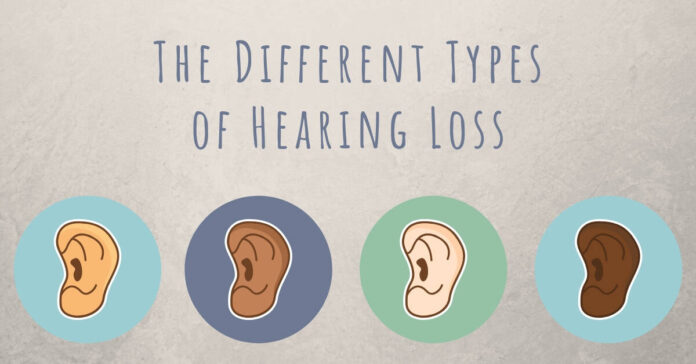
Hearing challenges are categorized into three main types: conductive, sensorineural, and mixed. Conductive issues stem from problems in the ear canal, eardrum, or middle ear bones and typically result in reduced sound levels or muffled listening. Sensorineural issues, the most prevalent, originate from inner ear or nerve damage, often leading to difficulty in understanding speech, especially against background noise. Mixed hearing challenges combine elements of both. Each type affects listening differently, influencing the choice of treatment and listening aid. Understanding these types is crucial in determining the right approach for enhancing auditory perception and knowing if you need hearing aids in Bangor.
Degrees of Hearing Loss
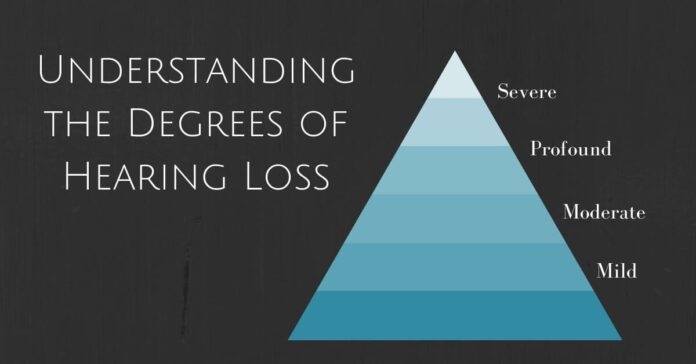
Hearing challenges are measured in degrees: mild, moderate, severe, and profound. Mild listening challenges often mean struggling to hear soft sounds like whispers or distant conversations. In moderate cases, following a regular conversation becomes difficult without increased volume. Severe challenges significantly limit one’s ability to hear unless sounds are amplified considerably. Profound listening challenges, the most extreme, can lead to an almost complete loss of listening, making dependence on visual cues like lip-reading or sign language common. Recognizing the degree of hearing challenge is essential in deciding whether a listening aid is necessary and, if so, what type will be most effective.
Hearing Loss Symptoms
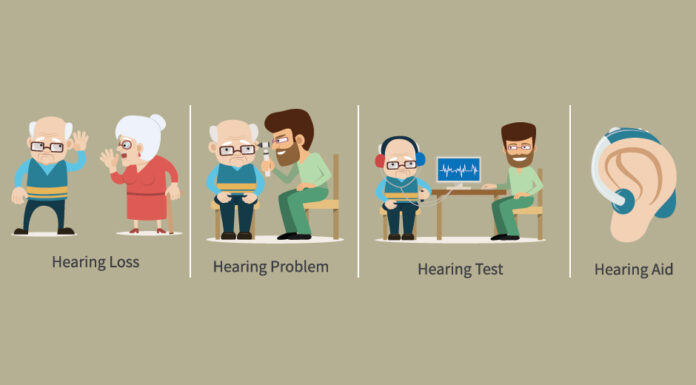
Symptoms of hearing challenges can vary widely but commonly include difficulty understanding speech in noisy environments, frequently asking others to repeat themselves, and a tendency to increase the volume on TVs or radios. These symptoms can lead to social withdrawal, frustration, and even safety concerns, as being less aware of one’s surroundings can pose risks. Early recognition of these signs is crucial for timely intervention. Not only does it help in maintaining a better quality of life, but it also prevents the condition from worsening. Understanding these symptoms can serve as a crucial first step towards seeking professional advice and potentially considering a listening aid.
Hearing Tests
A hearing test, conducted by an audiologist, is the first definitive step in assessing the extent of listening challenges. This process typically involves a series of examinations that test one’s ability to hear various frequencies and volumes of sound. The importance of regular listening evaluations cannot be overstated, especially as age progresses or if one is exposed to frequent loud noises. These tests provide a clear picture of listening health and are fundamental in determining the need for a hearing aid. They are non-invasive, typically quick, and provide invaluable insights into one’s auditory capabilities.
Audiogram Results
Audiograms graphically display an individual’s hearing abilities, showing how well they hear sounds of varying frequencies and volumes. Reading an audiogram involves understanding the thresholds of listening at different pitches. For instance, a typical audiogram for mild listening challenges may show difficulty listening high-frequency sounds. In contrast, profound listening challenges will show significant hearing loss across all frequencies. These results are crucial in diagnosing the type and degree of listening challenges and form the basis for any recommendation regarding the use of listening aids. Audiologists use these results to tailor auditory solutions that best fit the individual’s needs.
When to Consider a Hearing Aid
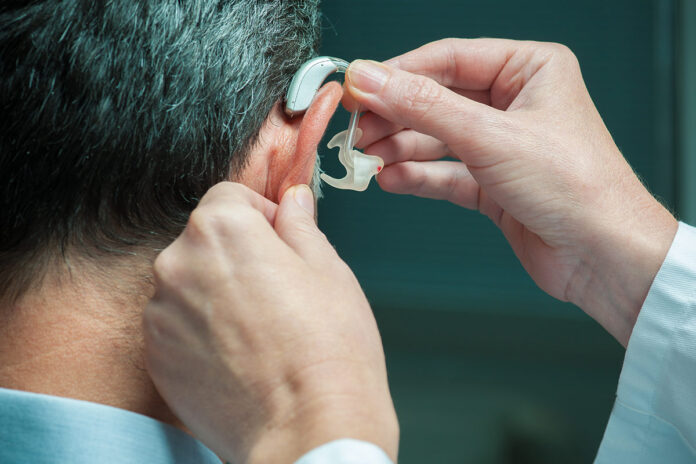
The decision to consider a hearing aid typically follows a diagnosis of listening challenges that impact daily life. Criteria include the degree of listening loss, how it affects communication, and the individual’s lifestyle needs. The role of a healthcare professional, usually an audiologist, is pivotal in making this decision. They assess not only the degree of hearing loss but also consider factors such as dexterity, lifestyle, and cosmetic preferences. Seeking professional advice ensures that the decision to use a listening aid is made with a comprehensive understanding of the benefits and adjustments it entails.
Benefits of Hearing Aids
Hearing aids offer numerous advantages, including improved communication, enhanced social interactions, and overall better quality of life. They enable clearer hearing in various environments, making it easier to engage in conversations and stay connected with loved ones. For many, listening aids are more than just devices; they are gateways to a more engaged, fulfilling life. They can reduce the mental strain of struggling to hear, leading to less fatigue and improved mental health. Listening aids today are highly advanced, offering features like noise reduction, directional microphones, and even connectivity to smartphones, further enhancing their benefits.
Choosing the Right Hearing Aid
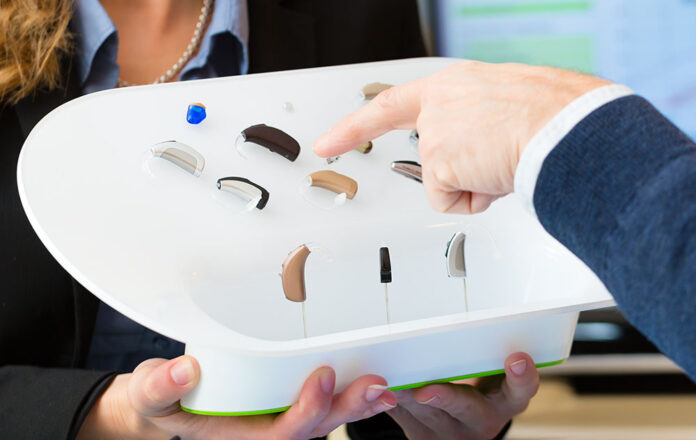
Selecting the right hearing aid is a critical decision that should consider factors such as the type and degree of hearing loss, lifestyle requirements, and personal preferences. There are various styles available, from behind-the-ear (BTE) to completely-in-canal (CIC) models, each with unique features and advantages. Some are more visible but offer more power and features, while others are discreet but may have fewer features. Additionally, modern listening aids come equipped with various technological advancements like wireless connectivity, rechargeable batteries, and customizable sound settings, making them more versatile and user-friendly than ever before.
Getting a Hearing Aid Fitted
The process of getting a hearing aid fitted is a collaborative effort between the individual and the audiologist. It involves selecting the appropriate device, customizing it to fit the ear, and programming it according to the specific listening needs. Initial adjustments and subsequent follow-up appointments are crucial for ensuring comfort and optimal functionality. During these sessions, the audiologist fine-tunes the device based on feedback, ensuring that it provides the best possible hearing experience. The fitting process is essential for ensuring that the listening aid is not only effective but also comfortable for everyday use.
Hearing Aid Maintenance
Maintaining and caring for hearing aids is vital for their longevity and performance. Regular cleaning, timely battery replacement, and proper storage are key aspects of maintenance. Users should regularly check their devices for any signs of wear or damage and ensure they are kept dry and clean. Modern listening aids often come with specialized cleaning tools and instructions. Furthermore, understanding and following these maintenance tips can prevent common problems like feedback, reduced sound quality, or discomfort, ensuring the listening aid continues to provide optimal performance.
Conclusion
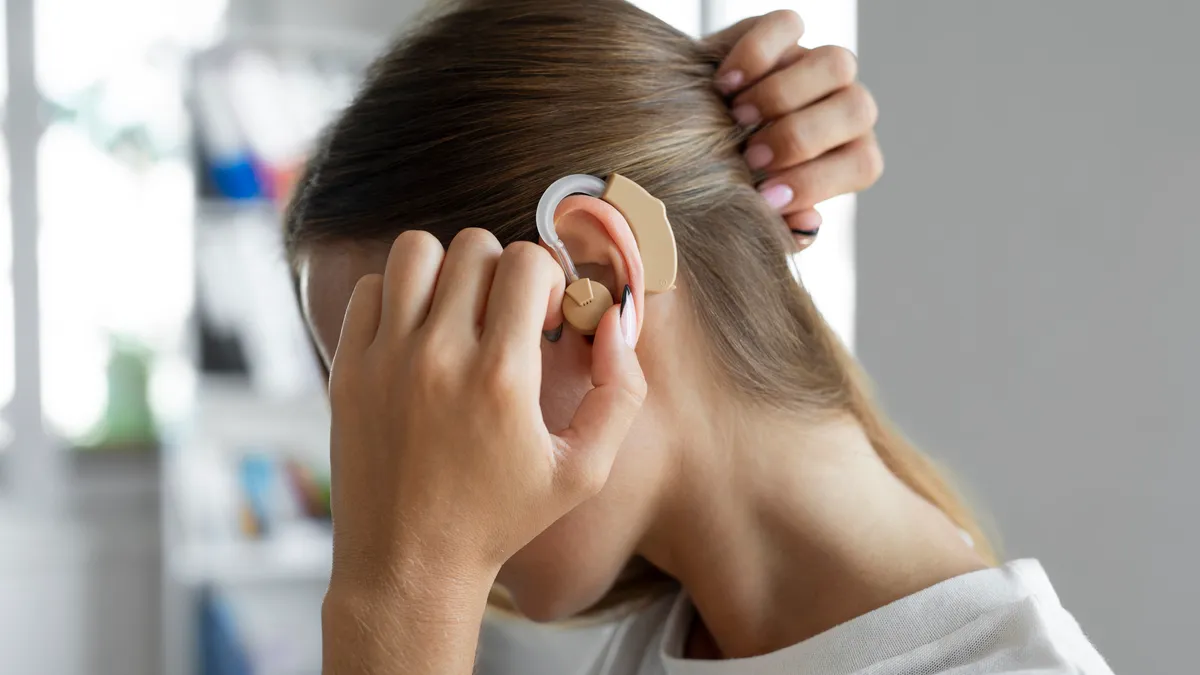
Understanding when a hearing aid is necessary involves recognizing the type and degree of hearing challenges, being aware of the symptoms, and undergoing regular listening evaluations. Hearing aids offer significant benefits, improving communication and quality of life. However, the journey doesn’t end with obtaining a device. It involves choosing the right one, getting it fitted correctly, and maintaining it over time.









